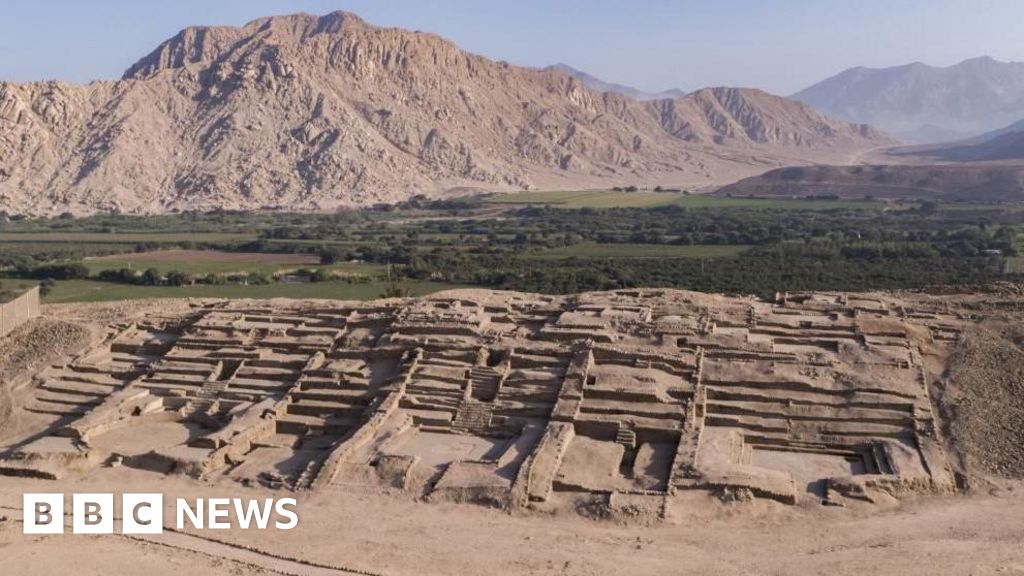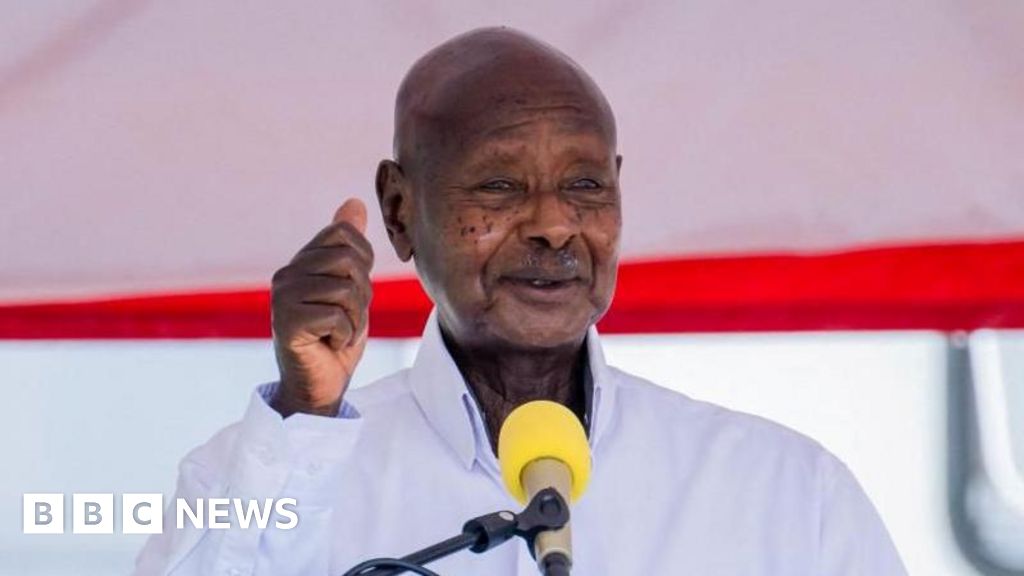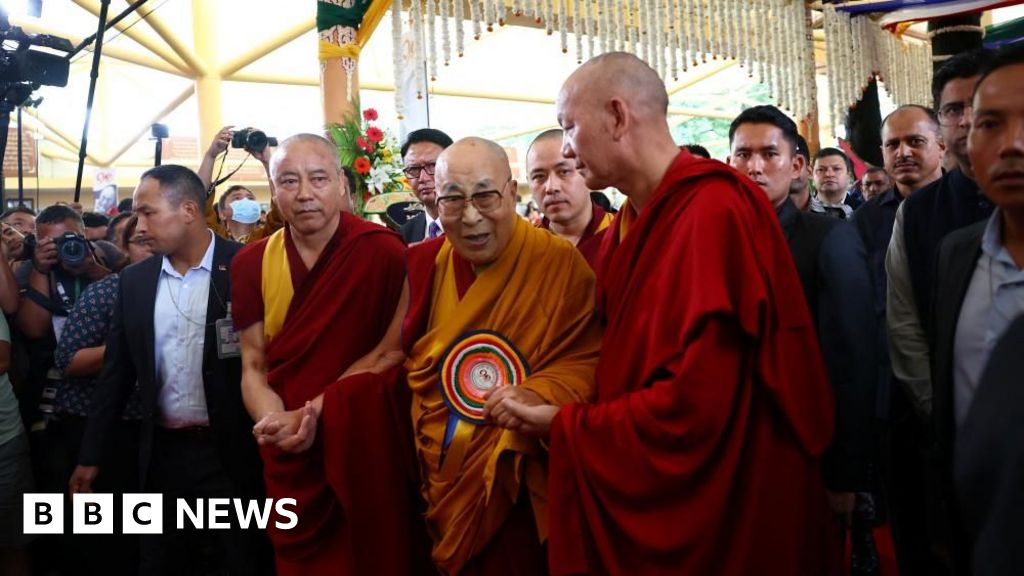On a recent visit to Shanghai, I looked up through the canopy of trees in the former French Concession district, and realized the sky was not the customary gray but a bright blue.
At a busy intersection near Wukang Mansion, a century-old landmark reminiscent of New York City’s Flatiron Building, the scene was oddly quiet, as barely audible electric cars and bikes whizzed by.
And along a particularly hip stretch of Huaihai Road that would usually attract as many foreigners as locals, domestic tourists strolled along sidewalks empty of trash.
After a lifetime of loving Shanghai in spite of its pollution, noise and mess, I felt like I had taken off my rose-colored glasses only to discover that the city had turned pink.
Last year, China began opening after its long pandemic closure. It began offering visa-free and transit-visa programs, setting up all-in-one apps like WeChat and Alipay to accept international credit cards and instructing hotels to welcome foreigners again.
In December, the country expanded and simplified the visa program, allowing travelers from 54 countries, including the United States, to enter visa-free for up to 10 days if in transit to another country. (Standard-issue tourist visas, which require an in-person consulate visit and allow you to stay longer, are still an option). It also increased the number of transit-visa entry cities to 60 and is now letting visitors travel freely between them.
All that is designed to make China easier to visit, but on my two-week stay I discovered a place that in some ways was more difficult to navigate. With proper planning and patience, though, visitors to Shanghai will discover a city just as varied and sophisticated in its post-lockdown character.
The country’s near-total transition to app-based life has brought incredible convenience to locals, but has also created a new barrier for travelers.
Before, businesses often had multi-language signs or websites; now, almost everything is digitized and consolidated onto the apps. I have the advantage of speaking Chinese, even if my reading abilities are limited, but for most visitors, this shift will prove challenging.
As usual, I downloaded a VPN service before my arrival, allowing me to bypass China’s “Great Firewall” and access blocked websites, including Google. I also added the messaging platform WeChat and the payment app Alipay and, crucially, made sure they accepted my credit card before my trip.
Both apps are required for the most basic of functions, such as hailing rides or ordering at restaurants. The first few times I pulled up Alipay for a transaction, by either scanning an establishment’s QR code or letting them scan mine, the app was glitchy and slow, but by day two, it was working — most of the time.
One day, I strolled Tianzifang, a maze of narrow alleys lined with converted mid-19th-century shikumen homes, a style of courtyard residence distinct to Shanghai. Some are still occupied by residents, but many are now filled with crafts shops, contemporary art galleries and food stalls that sell everything from crab shell pies to fried stinky tofu.
When I tried to buy a qipao, a traditional silk dress, the vendor’s QR reader wouldn’t accept my code. After multiple failed attempts, including a last-resort swipe of my foreign card that no one expected to work, we both gave up. I would have offered to pay in cash, but I hadn’t gotten any after being told that most businesses no longer accept it, a reality affirmed by the most humble of street-food vendors using Alipay.
Within Alipay are various other essential apps, including ride-hailing Didi, ubiquitous enough that it’s now impossible to physically hail cabs. The rides are so affordable — around 200 yuan ($27) for an hourlong ride from the airport, and often a few dollars for inner-city trips — that I rarely took the metro. Use of Didi comes with slight barriers for visitors: Drivers are only allowed to stop in approved areas and confirm riders by asking for the last four digits of their phone numbers instead of their names.
Many language-related issues can be resolved by using WeChat and Alipay’s translation functions, which interpret app features as well as images and speech. I found the tools most helpful at hole-in-the-wall restaurants whose menus wouldn’t have featured English even before the pandemic. At a seafood spot in Zhujiajiao, an ancient water town turned living museum on the city’s outskirts, the tool helped me discover dishes for which I wouldn’t previously have been able to read the Chinese characters.
Other travel infrastructure has also been slow to adjust. Though hotels have been instructed to accept foreign cards, it’s best to stay at an international brand or to call to reserve a room at a boutique hotel to ensure the payment process goes smoothly. Some online booking platforms will accept a card, only for the hotel to not accept payment upon arrival. This, along with other changes, such as the now-ubiquitous surveillance cameras, can feel discordant with the country’s desire for more visitors.
A New Waterfront
Along with growing outward, Shanghai continues to create new pockets of character at its centers. One example is along Suzhou Creek, a tributary of Shanghai’s central Huangpu River. The creek begins just north of the Bund, the waterfront promenade that continues to function as the city’s tourism focal point, home to a Jean-Georges Vongerichten restaurant and almost every big-name hotel.
For decades, the areas along Suzhou Creek housed Shanghai’s industry, which moved outside the city in the 1980s, leaving behind run-down warehouses and a polluted waterway. But a $5 billion revitalization of the creek concluded in 2020, and at its heart is a 26-mile pathway that acts as a green link connecting both established and new arts and culture spots.
At the confluence of the creek and river is the recently opened Regent Shanghai on the Bund, a 135-room hotel with gilded interiors and views of the Bund’s Art Deco facades to the south, Pudong’s glassy skyline to the east and Suzhou Creek’s casual charm to the west (from $380 a night).
I spent a day biking westward from this point, stopping first at Rockbund, a series of alleyways flanked by red brick buildings containing galleries, shops and restaurants. At the center of it all is the Rockbund Art Museum, showcasing genre-bending works by Asian artists.
On my way to the newly opened Fotografiska, an outpost of Stockholm’s photography museum, for lunch at its all-day bistro Mona, I passed the former General Post Office building and the Sihang Warehouse, an important site of the Second Sino-Japanese War, which took place from 1937 to 1945.
I followed lunch with a drink across the creek at Beer Lady, a cavernous space lined with fridges and taps of brews from more than 50 countries, before spending an hour wandering the graffiti-covered lanes of M50, where assorted galleries fill former cotton mills and factories. The day’s final stop was 1,000 Trees, a complex created by the British designer Thomas Heatherwick that houses an over-the-top mall.
The city’s other visitor strongholds were bustling but free of the crowds I was used to. At Yuyuan, a Ming dynasty-era garden surrounded by a bazaar and teahouses, the wait for soup dumplings at famed Nanxiang Steamed Bun took a fraction of the usual time.
Crowds were also sparse in the restaurant and shopping hub of Jing An, except for the Friday night I spent at INS, a new nightlife complex in Fuxing Park. It offers music-festival-like access to all kinds of venues for a single entrance fee, and has been a hit post-lockdown with locals looking to dance more and spend less.
Growing Access
For travelers who want to see more of the country, it’s now possible to reach most of the country’s provinces by bullet train. I took the train from Shanghai to nearby Nanjing, an experience that was so easy and comfortable that it felt illusory.
Even Beijing is now only 4.5 hours by train, compared to the previous 12-hour drive or 2.5-hour flight. International travelers taking the bullet train for the first time have to present their passport in person at the train station to be able to purchase a ticket; following trips can be booked directly through Alipay.
This new ease of access made me excited to come back and see more of the country, but some of the remaining hurdles left me feeling like China’s reality hasn’t quite caught up to its tourism goals. (And the ubiquity of surveillance cameras can feel discordant with the desire for more visitors.)
After two weeks, my Mandarin was regaining fluency, and so was my ability to use the apps. The city beneath the surface felt just within reach.


















